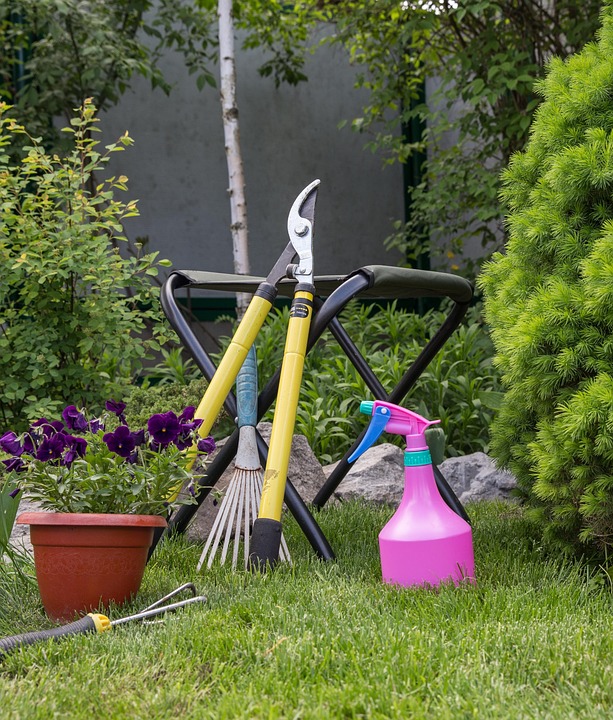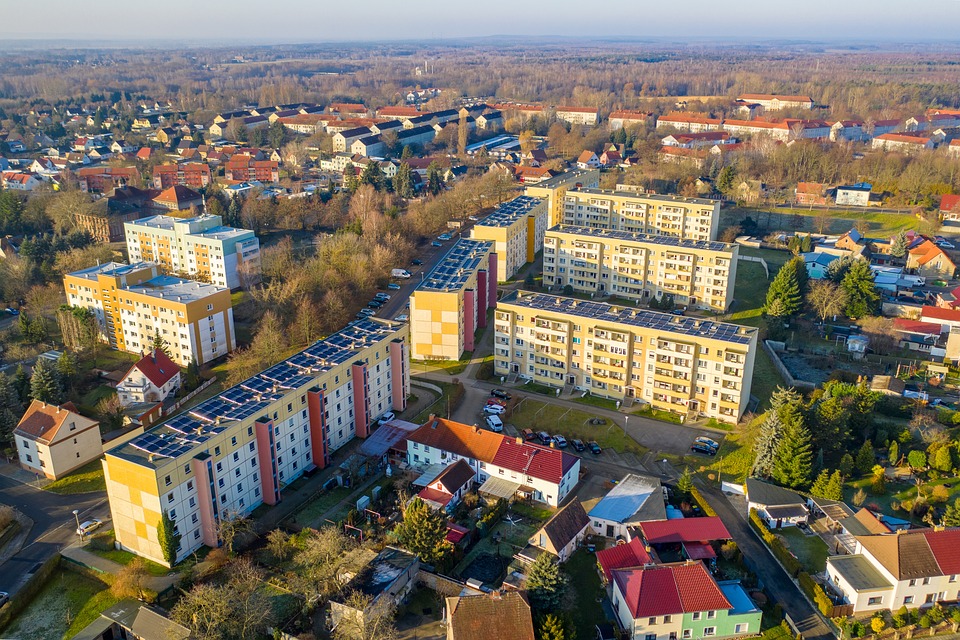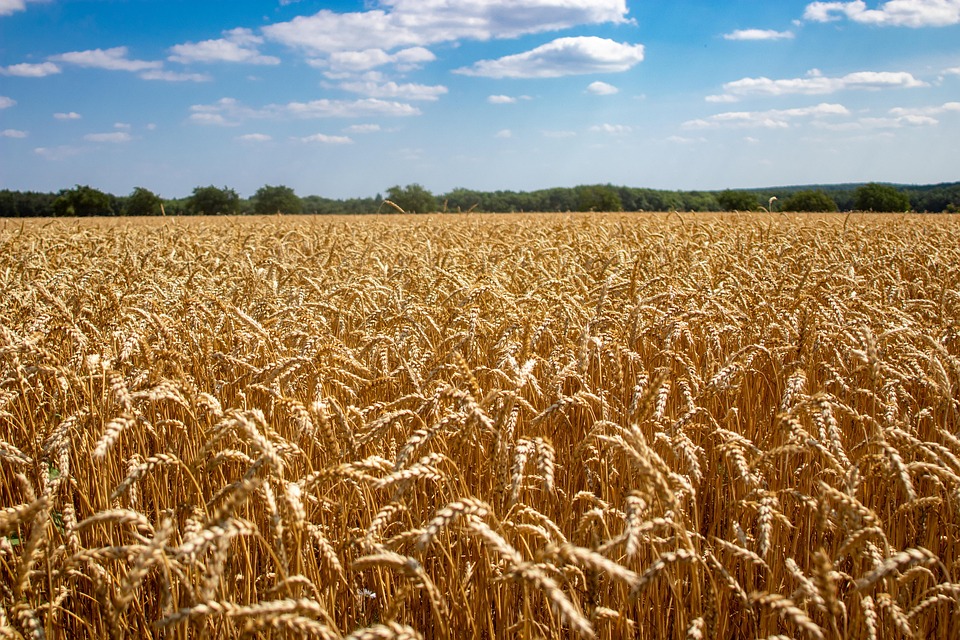Here are some engaging headlines for articles about sustainable farming:
# Sustainable Farming: Cultivating a Greener Tomorrow There’s nothing quite like the feeling of dirt between your fingers, the sun warming your back, and the sweet aroma of fresh herbs wafting through the air. A few years back, while embracing the joys of living off the grid, a small patch of land transformed into my personal Eden. What began as an experiment in self-sufficiency blossomed into a vibrant ecosystem, complete with a polyculture garden, free-range chickens, and bees buzzing happily from flower to flower. Sustainable farming isn’t just a practice; it’s a lifestyle choice that harmonizes with nature. Join me as we dive into the world of sustainable farming, exploring its benefits, techniques, and how you can cultivate your own little slice of paradise! ## The Importance of Sustainable Farming Sustainable farming is about working with nature rather than against it. In today’s world, where traditional farming methods often lead to soil depletion, water scarcity, and significant greenhouse gas emissions, sustainable practices offer a remedy. This agriculture method emphasizes biodiversity, soil health, and responsible resource use, ensuring that future generations have access to nutritious food. ### Why Go Sustainable? 1. **Healthier Ecosystems**: Sustainable farming methods like crop rotation, cover cropping, and agroforestry improve soil quality and biodiversity, leading to healthier and more resilient ecosystems. 2. **Reduced Carbon Footprint**: By practicing sustainable techniques, we can significantly reduce our carbon emissions, contributing to a healthier planet. 3. **Local Food Security**: Sustainable farms focus on producing food locally, making communities more resilient against global supply chain disruptions. 4. **Soil Health**: Sustainable practices enhance soil quality, leading to better yields in the long run. 5. **Personal Well-Being**: Gardening and farming are therapeutic; they foster a connection with the Earth and offer a satisfying sense of accomplishment. ## Techniques for Sustainable Farming ### 1. Crop Rotation One of the fundamentals of sustainable farming is crop rotation. This practice involves alternating the types of crops grown in a particular area across seasons. For instance, if you plant legumes one year, the following year you might grow leafy greens. This not only prevents nutrient depletion but also disrupts pest and disease cycles. **Pro Tip**: Keep a journal to track what you plant where. Not only will this help you in the next planting season, but it will also give you insights into which crops thrived in your soil! ### 2. Permaculture Principles Permaculture is a design philosophy that mimics natural ecosystems. It emphasizes the interconnectedness of all living things and promotes sustainable agriculture through practices that restore and enhance the land’s natural capacities. **Elements of Permaculture**: – **Zoning**: Design your space to optimize efficiency. Place your most frequently accessed plants closest to your living area. – **Guilds**: Pair plants that support each other. For example, plant basil near tomatoes; basil can help repel pests that commonly bother tomato plants. ### 3. Composting Composting transforms organic waste into nutrient-rich soil. Not only does it reduce waste going to landfills, but it also enriches your garden soil, leading to healthier plants. **How to Start Composting**: – Collect kitchen scraps (vegetable peels, coffee grounds) and yard waste (leaves, grass clippings). – Layer the materials, alternating greens (nitrogen-rich) and browns (carbon-rich). – Turn the pile every few weeks to aerate it, speeding up decomposition. ### 4. Herbal Solutions Instead of resorting to chemicals, sustainable farmers use herbal mixes to deter pests. Certain plants like marigolds, for instance, can repel nematodes and other harmful insects while attracting beneficial pollinators. **Clever Herbs for Pest Control**: – **Mint**: Deters ants and aphids. – **Chili Powder**: Sprinkling this can keep rabbits and deer at bay. – **Garlic Spray**: Mix crushed garlic with water and spray to deter a variety of pests. ### 5. Water Management Water is often a precious resource in farming. Implementing rainwater harvesting systems and drip irrigation methods helps conserve water while ensuring crops receive the hydration they need. **Pro Tip**: Use gray water from your home (like from showers) for watering plants. Just ensure the soaps used are non-toxic! ## Creating a Diverse Garden: The Benefits of Polyculture Polyculture involves growing various plants in close proximity. This method contributes to balanced ecosystems and can reduce the need for synthetic fertilizers and pesticides. ### Benefits: – **Pest Management**: Diseases and pests are less likely to spread in a diverse environment. – **Soil Quality**: Different plants contribute different nutrients to the soil, enhancing overall fertility. – **Higher Yields**: Growing multiple crops can often lead to greater yields than monoculture practices. ### Designing Your Polyculture Garden – **Vertical Gardening**: Use trellises and vertical planters to maximize space, allowing a variety of plants to thrive. – **Layering**: Consider the height of plants. Tall crops, like corn, can provide shade for smaller plants like lettuce. ## Embracing Livestock for Sustainability Integrating livestock into your sustainable farming practice can significantly boost productivity. Chickens, for instance, provide eggs, meat, and natural pest control by eating insects. ### Benefits of Livestock: – **Fertilization**: Manure from animals enriches the soil. – **Pest Control**: Ducks and chickens will help manage insect populations in your garden. – **Biodiversity**: Livestock contributes to the diversity of your farming ecosystem. ### Pro Tips for Happy Livestock: – **Rotation Grazing**: Move livestock around to prevent overgrazing and promote healthier soils. – **Diversity in Feed**: Varied diets for livestock lead to healthier animals. Consider integrating kitchen scraps into their feed. ## The Future of Sustainable Farming Sustainable farming is not just a trend; it’s the wave of the future. With rising awareness about environmental issues, more farmers are adopting these practices, and consumers are increasingly opting for locally sourced products. ### Getting Involved in Your Community Join local cooperatives or community-supported agriculture (CSA) programs. This fosters connections within the community and helps promote sustainable practices on a larger scale. ## Conclusion Sustainable farming is a rewarding journey that allows us to live in harmony with Mother Earth. By implementing sustainable practices, we’re not only enriching our own lives but also crafting a legacy of stewardship for










